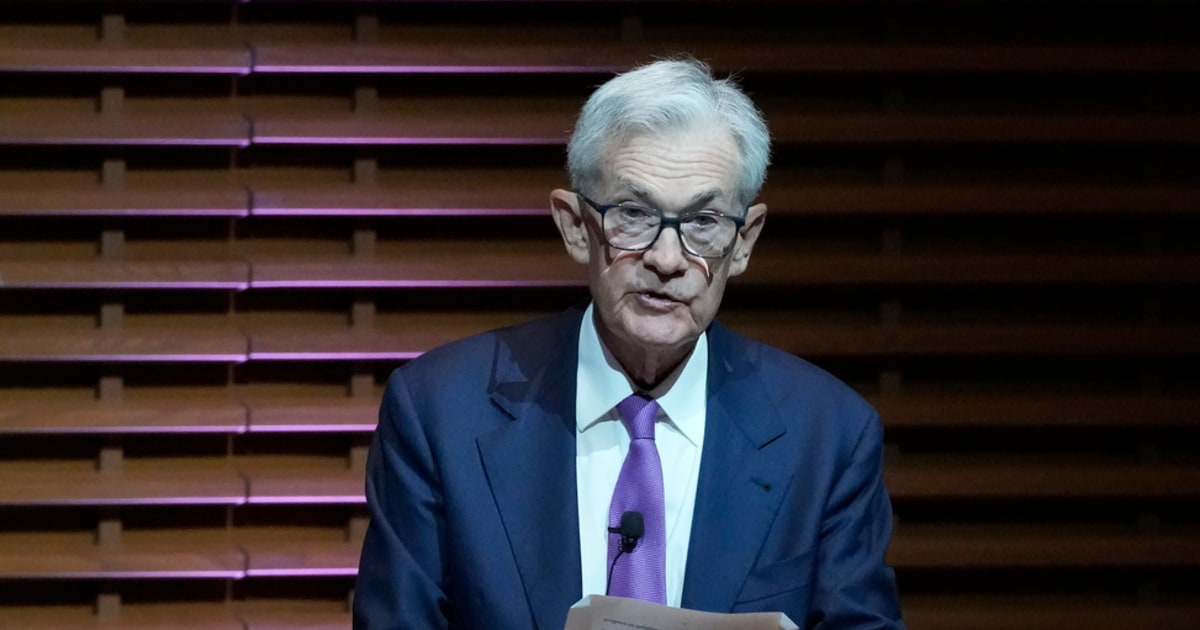How many millions of jobs can be lost to inflation in the US?
1:14
Minneapolis (CNN Business) --
When the Bureau of Labor Statistics (BLS) releases its monthly employment report on Friday, all eyes will be on whether the job market is showing signs of contraction, one of the many crucial factors that will help the Federal Reserve determine its next steps in its fight against a level of inflation not seen in decades.
The US economy is forecast to have added 250,000 jobs in September, marking the smallest monthly job gain since December 2020 and the unemployment rate is expected to hold steady at 3.7%, according to estimates from Refinitiv.
Employment data for August already indicated that the historically tight labor market has eased somewhat.
That month's employment report revealed that the United States added 315,000 jobs, a much lower level than the average of 512,000 jobs gained in the last 12 months.
The number of available job vacancies also fell, declining by 1.1 million, the largest monthly decline outside of the pandemic, according to the Job Offers and Labor Turnover Survey published on Tuesday.
Job vacancies in the US fell by more than 1 million during August
While initial jobless claims had hovered around their lowest level in four months, they rose again on Thursday.
First jobless claims totaled 219,000 in the week ending Oct. 1, up 29,000, or 15%, from last week's revised level of 190,000, according to new data released Thursday. in the morning by the Department of Labor.
Weekly numbers for initial jobless claims are preliminary and are often subject to significant revisions.
Ongoing claims for the week ending September 24 were 1.36 million, an increase of 15,000 from the previous week's revised level.
advertising
According to the latest report from outplacement firm Challenger, Gray & Christmas, job cuts have increased in recent months.
In September, US companies announced plans to cut 29,989 jobs, an increase of 46% from August and almost 68% more than this time last year.
The retail sector accounted for almost a third of the cuts, according to Challenger.
"There are some cracks starting to appear in the job market. Hiring is slowing and downsizing is starting to happen," Andrew Challenger, senior vice president of Challenger, Gray & Christmas, said in a statement.
But while the expected headline jobs figure is falling, it remains strong, according to BLS data.
The monthly average before the pandemic was about 200,000.
The September employment report is also expected to reveal that median hourly earnings growth has slowed from 5.2% in August to 5.1% in September.
The Federal Reserve is keeping a close eye on whether slowing demand for workers will also impact wage growth or whether wage increases remain high, keeping upward pressure on inflation.
"The labor market was at 11 last year, and now it's at 9," said Nick Bunker, head of economic research at Indeed Hiring Lab. "Things have slowed down, but it's still pretty strong."
The Fed's fight against inflation could cost the US 1.2 million jobs.
slow advance
The Fed's goal of achieving a soft landing, that is, cooling demand to ease inflation without pushing the economy into recession, has become less and less achievable.
As a result, the Fed has shifted to a "no pain, no gain" approach in its battle against inflation, which could mean the unemployment rate rises from 3.7% to at least 4.4% by the end of the year. next year, according to the central bank's own projections.
Assuming no change in the number of people participating in the workforce, a jump in unemployment would see at least 1.2 million workers lose their jobs, according to CNN Business calculations from BLS data.
Even if more workers were added to the workforce, it might not be enough to break even, economists warn.
"It would be great if we had this soft landing and [job] vacancies did all the work and inflation expectations did all the work and there was very little economic pain," said Alex Pelle, US economist at Mizuho Securities.
"That's certainly possible, but I don't think that's the likely outcome."
Despite persistently high demand for workers, especially in sectors impacted by the pandemic and the subsequent sharp recovery, labor force participation rates have remained stubbornly below pre-pandemic levels.
This is largely due to current demographic trends, such as the aging baby boomer generation, accelerating retirements during the pandemic, and others staying on the sidelines for reasons like personal care. , health or restrictive immigration policies.
The unemployment rate is likely to have to rise despite these downward demographic pressures, and that would likely have to come from people losing their jobs.
"It may be slow going," Pelle said.
"It's not going to be happy work. It's not going to be slow, painless work."
The September jobs report is one of the key economic data Federal Reserve officials will review when they meet in early November to discuss how to quell stubbornly high inflation.
Until now, the Federal Reserve has fought rising prices by carrying out a series of very high interest rate hikes.
Jobs in the United States










